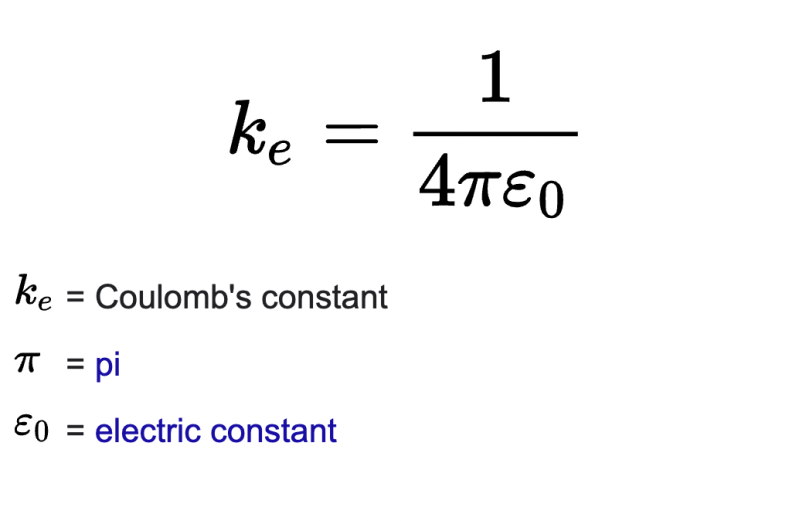5.1 Electric Field
Lecture for Electric Field
The lecture covers contents in IB Physics 5.1. It introduced the concepts of: Electric charge, Properties of electric charge, Conductor and insulator, Tolman-Stewart experiment, Coulomb’s law for electric force, Electric field, Electric current, Electric potential difference, and Electronvolt
Electric Charge
Electric charge is a property which is possessed by certain objects. If you have rubbed a ballon on a wall or on your head, you have seen electric charge. Rotate around a rod after you rub the rod on a ballon, the rod and the ballon seem attracts each other because the ballon starts to rotate with the rod. This is because of electric charge. They are two main types of electric charge, are negative and positive charges, determined by atoms.
Objects are made up of atoms, and atoms are made of proton, neutron, and electron. Proton has a positive charge, neutral has no charge, and electron has a negative charge. Together, proton and electron made up the nucleus, and electrons orbit around the nucleus. When number of protons is greater than number of electrons, atom is positive and vice versa. When proton number and electron are equivalent, the atom is neutral.

https://www.radiologycafe.com/radiology-trainees/frcr-physics-notes/atomic-structure
- Charges produce force, and the force can be either repulsive or attractive. When two opposite charges meet each other, an attractive force is produce, and when objects with same charge meet, a repulsive force is produce. The patter is summarized as like repel and opposite attract.

https://physics.nfshost.com/textbook/02-ElectricCharge/01-Charge.php
Properties of Electric Charges
- Charge is quantized: This means the amount of charge on an object is alway an integral multiple of the basic unit of electric charge, 1.6x10^(-19) Coulomb.
- Charge is conserved: Charges cannot be destroyed or created, rather, it can transfers from one object to another.
- The magnitude of the charge is independent of the type
- Charge is conserved in closed systems
Electric Force
- Force produced by electric charges is electric force. The force is calculate by Coulomb's Law.
- The electric force between 2 charges was investigated by Charles Augustin Coulomb (1736-1806). He discovered that electric force is inversely proportional to the square of the distance between the two charges and proportional to the product of the two charges. This is knows as the Coulomb's Law

http://learn4electrical.altervista.org/explanation-statement-formulas-principle-limitation-of-coulombs-law/
Coulomb's Law
Coulomb's Law states that the electric force between two points charge q1 and q2 is given by the equation below.


Practice Problem
- Problems 2 and 3 are also solutions for problems 2 and 3 in the "Charges And Coulomb's Law Exam Style Problems" file.
- 5.1-Electric charge problems: 1,2,3 are odd number, and 4,5 are even number problems.
5.3 Coulomb's Law odd number problems
- Moebs, William, et al. “Ch. 5 Questions - University Physics Volume 1.” OpenStax, OpenStax, 19 Sept. 2016, https://openstax.org/books/university-physics-volume-1/pages/8-conceptual-questions.
Electric Field
What is Electric Field
Electric field is defined as the electric force per unit charge. It results in an electric force that is felt by electric charges when placed close to one another. A static electric field is created when charges are stationary. The electric field is a vector quantity having both magnitude and direction

Electric Field Lines and Direction
The strength and direction of electric field is represents by electric field line. Electric field lines are imaginary lines around a charge, and their tangent lines are field vectors. Arrows are drawn to represent their direction, and the number of field line represents the strength of am electric field. The electric field is radially outward from a positive charge and radially in toward a negative point charge.